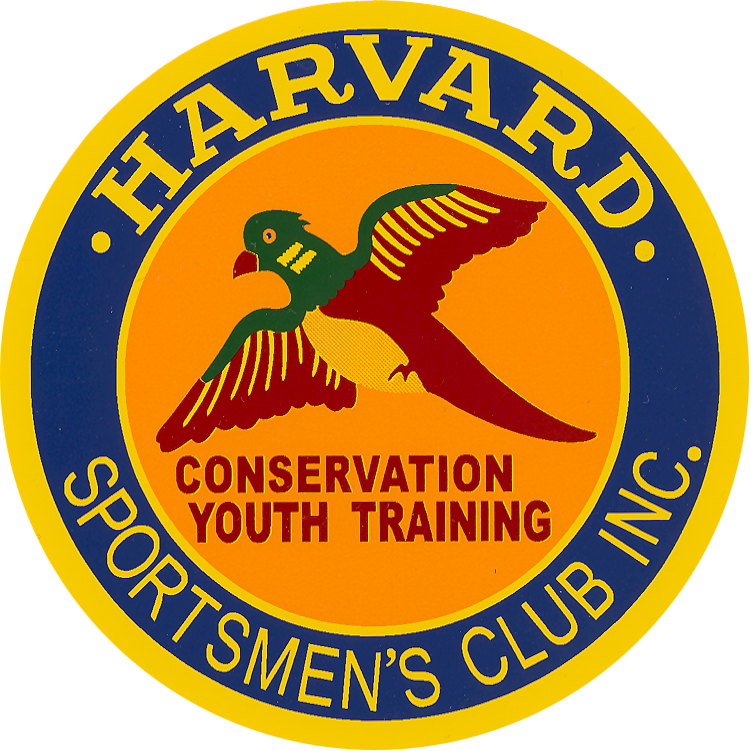200 - 300 Yard Range
200/300 YARD RANGE QUALIFICATION
3rd Sunday of the Month
200 YARD RANGE
11:30 AM
Qualifications are paused for the winter and will resume in March.
(WEATHER PERMITTING)
If you are interested in qualifying on the 200/300 Yard Range, bring your favorite high-power center fire rifle and a target that you have shot at the 100 Yard Range. You will meet the guys at the 200 Yard Range at 11:30 and you will have the opportunity to show that you are a serious and diligent marksman. They are not looking for you to shoot 1 inch groups, but they do want to be 100 percent certain that every round you fire will end up in the berm. This is a challenge almost any shooter can achieve.
Please be prompt. And please send an email message to Ed Sawyer so that he has an idea of how many folks to expect.
Rules: (downloadable file)
Qualification Process: (downloadable file)
HARVARD SPORTMEN’S CLUB
200 & 300 RANGE RULES
Use of this range is limited to members registered with the 300 yard range committee. Registered members must pre-qualify and will be issued a supplementary sticker for their membership card which must be produced upon demand. No guests or non-qualified HSC members may shoot at this range.
YOU MAY SHOOT:
· Any high-power center fire rifle or high-power center fire rifle caliber firearm.
SHOOTING POSITIONS:
· Bench rest, sitting kneeling prone, offhand.
YOU MAY SHOOT AT:
· Stapled paper targets or pre-approved metal targets, placed on the frames at the 200 or 300 yard lines.
YOU MAY NOT SHOOT:
· .22 Rimfire, or any other cartridge (.30 Carbines, 30-30 among others) that is not high power, armor piercing or incendiary rounds.
· Any firearms that have NOT been pre-zeroed at the 100 yard range.
· In full-automatic mode.
· Cross-range Firing (e.g., firing from 200 yard line to the 300 yard berm and vice-versa).
· Forward of the firing line. The firing line is fixed at 200 and 300 yards.
· Any target which would leave debris (no glass, non-biodegradable clay pigeons, and toilets).
· Any target that may cause ricochets, (e.g., non-approved metal objects, concrete blocks etc.).
· Any target which would prevent the projectile from impacting the safety berm.
· Wild life crossing the range.
IN ADDITION:
· Rifles or rifle caliber pistols MUST be level with and aimed at the backstop before a round is chambered an ANY position. This is to prevent an accidental discharge.
OPENING/CLOSING PROCEDURES ARE:
1. Raise flag(s) and open gate. Close and lock gate once inside.
2. Raised RED flag indicates a HOT range. If RED flag is raised and members are downrange, DO NOT load, touch or take firearms to the line. Wait until members have returned to the line.
3. When closing the range, ensure that all members have cleared and stored all firearms.
4. Lower RED flag to signify a COLD range.
5. Last member leaving MUST lock the gate.
DOWNRANGE PROCEDURES ARE:
1. Request Cease Fire on BOTH 200 and 300 firing lines.
2. Confirm all weapons cleared and benched.
3. Activate SHOOTER DOWNRANGE sign and CEASE FIRE LIGHTS.
4. Confirm everyone is behind the firing lines and fully prepared before deactivating SHOOTER DOWNRANGE and CEASE FIRE LIGHTS.
Previous page: Shooting Groups
Next page: Action Shooting


